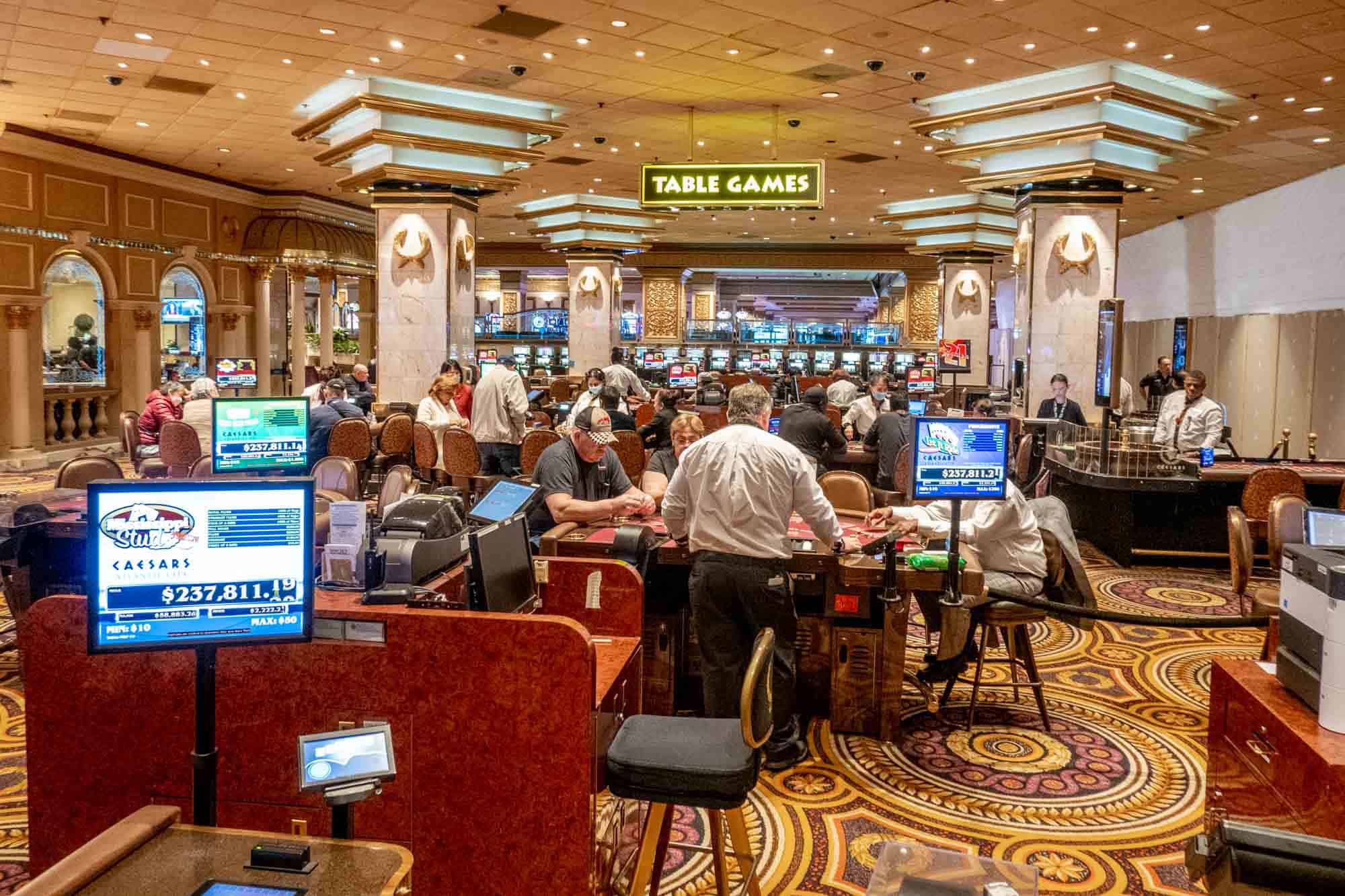In the shadows of these glittering lights and those alluring noises of rotating reels lies a dynamic world in which innovation meets numbers: the creation of games of chance. While players converge to casinos seeking thrills and the possibility of striking it rich big, a huge amount of work takes place behind the scenes to create these games they enjoy. From the starting concept to the final product that players engage with, numerous elements are brought together to ensure an captivating gaming experience.
Designers, engineers, and game creators collaborate to merge cutting-edge technology with enthralling gameplay features. Each aspect, from graphics and sound effects to odds plus payouts, is meticulously crafted to draw in players plus keep them entertained. Understanding this complex process of the way casino games are made reveals both the technical skills required but also the creative vision that brings these engaging experiences to life.
Video Game Design Process
The design process starts with brainstorming and concept development, where creators develop concepts for new casino games. This first phase typically involves pinpointing potential audiences and understanding market trends. Designers take into account factors such as game mechanics, themes, and payout structures to create an engaging experience. Collaboration between game designers, mathematicians, and artists is crucial to ensure a balanced concept.
Once a concept is selected, the next stage involves prototyping and testing. Designers build a working version of the game to assess its playability and mechanics. This facilitates adjustments and refinements based on feedback from testers. Reiteration is vital, as designers may navigate multiple rounds of testing to optimize gameplay balance and user experience. OKE179 This phase is crucial for spotting any potential issues before the game is finalized.
After testing, the game moves into development and production. This comprises the technical aspects of coding the game software, integrating graphics, and making sure compliance with gaming regulations. Quality assurance testing verifies that the game functions seamlessly across different platforms and devices. Once everything is refined, the game is prepared for launch, usually accompanied by marketing strategies to draw in players and generate buzz around the new casino offering.
Technology and Advancement
The evolution of gambling games has changed significantly with advancements in technology. Contemporary game design often features high-quality graphics, immersive sound effects, and engaging animations that deliver a captivating experience for gamers. Game developers use complex software tools and programming languages to create these immersive gaming experiences. Additionally, the use of random number generators ensures equity and unpredictability in outcomes, which is essential for maintaining player trust and compliance with gaming regulations.
In the past few years, the rise of online casinos has expanded the limits of game development even further. Developers are now able to design games that cater to a global audience, integrating features such as live dealer options and VR environments. This transition has encouraged creativity, leading to novel game mechanics and formats that enhance player engagement. Gaming on mobile devices has also become a key focus, encouraging developers to optimize games for smartphones and tablets, ensuring availability and convenience for players on the go.
Collaboration among designers, artists, and mathematicians is crucial in the creation process. Each team brings their knowledge to ensure games are not only aesthetically pleasing but also statistically accurate and enjoyable. The integration of player feedback during testing phases allows developers to improve game features and functionalities, ultimately leading to a successful launch. As technology continues to advance, the potential for innovative game concepts and experiences is endless, promising an exciting future for casino games.
Evaluating and Quality Control
Once a gambling game has been designed, it enters the crucial phase of evaluation and quality control. This phase ensures that the game operates perfectly and provides a fair experience for players. Teams conduct comprehensive tests, including operational checks to confirm that all game features work as intended. Each aspect, from visuals to audio, is evaluated to ensure high standards are met.
In addition to operational testing, the game entails rigorous compliance checks to meet regulatory requirements. Various jurisdictions have specific regulations governing game fairness and player protection. Quality assurance teams will check that the random number generators are working correctly and that the game’s payout percentages align with market standards. This detailed examination helps establish trust with gamblers and regulators alike.

Finally, user testing may be conducted with genuine players to gather insights on user experience. This critical insight allows developers to implement necessary adjustments before the official launch. Addressing any possible issues noted during this phase helps ensure that users will enjoy a fluent, immersive experience when the game goes live. The commitment to quality reflects the sector’s dedication to delivering entertaining and trustworthy casino games.